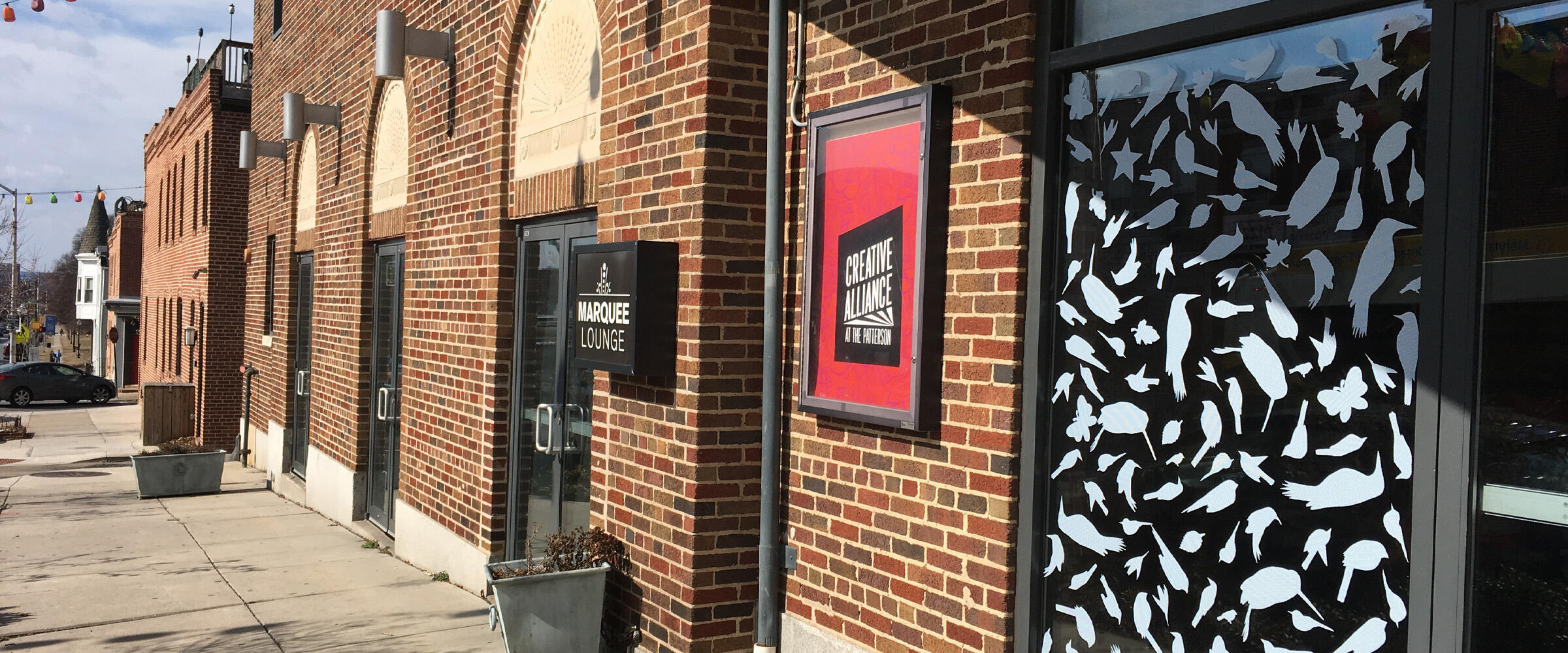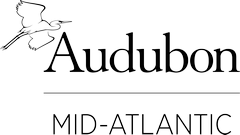Billions of birds travel between the northern and southern hemisphere of the Americas twice each year in a spectacular phenomenon called migration. Their journey is perilous - finding enough healthy food to supplement the many calories they're burning and seeking shelter from predators and the elements. According to studies, up to 50% of birds don't survive. In fact, scientists report that there are 3 billion fewer birds than there were 50 years ago, representing threatened species as well as those once considered common. One major cause of mortality, notably among otherwise healthy birds, is collisions with buildings. With 1/3 of the human population in the US residing along the Atlantic Flyway, there is much we can do, both individually and in our communities, to provide safe passage for migrating birds.
Baltimore is a popular stopover for birds that migrate along the Atlantic Flyway, so it is vital that we reduce these man-made threats to birds. Audubon, residents, businesses, schools, local governments, and other organizations are working to prevent collisions.
Lights
Did you know most migratory birds migrate at night? They use constellations and the Earth's magnetism to guide them. Artificial lights from our cities and towns can lure migrating birds to buildings, by hiding the light from the stars that guide them. Our light pollution disorients them, steering them off course. Once here, birds are confronted by transparent glass surfaces or windows reflecting the surrounding landscape leading to collisions.
Lights Out Baltimore, a project of Baltimore Bird Club, has been a leader in raising awareness around Bird-Safe Buildings since 2008. Entirely volunteer-run, Lights Out Baltimore organizes collision monitoring efforts in downtown Baltimore to find and help birds that have collided with buildings during spring and fall migration. Volunteers transport injured birds to be rehabilitated at the Phoenix Wildlife Center. Data collected through this process is helping to increase our understanding of these collisions, including timing, species involved, and areas of Baltimore or characteristics of buildings that are problematic. Please join our efforts to save migratory birds by creating safe passage at your home, business, school, commercial building, or elsewhere in your community by taking the Migration Pledge.
Windows and Reflective Surfaces
Reflective and transparent glass exteriors, indoor plants, and greenery close to buildings can all create confusing situations for birds who often mistake the reflections they see on windows and other glass surfaces for real scenes, or mistake transparent glass surfaces for clear passageways to fly through. This is why most window strikes happen on the first and second stories of buildings, where windows are reflecting the surround trees, shrubs, and other places birds think they can fly for shelter. You can reduce these risks by taking some simple steps to reduce reflective surface collisions.
Ways to Take Action
- Apply dense patterns on glass surfaces (e.g., dots, stripes) using commercially available products or household items such as craft paper, tape, stickers, or markers designed specifically for glass;
- Make glass appear opaque with paint or perforated film;
- Create physical barriers on windows with screen, netting, hanging cords, or scrims in front of the glass;
- Move houseplants and bird feeders at least 30 feet away or three feet under windows; or
- Consider installing premade bird-friendly glass during new construction or renovation projects.
How you can help, right now
Donate to Audubon
Help secure the future for birds at risk from climate change, habitat loss and other threats. Your support will power our science, education, advocacy and on-the-ground conservation efforts.
Become a Monthly Donor
Donating monthly is flexible, easy and convenient and makes you a champion birds can count on, no matter the season
Birds Need You!
Get involved in helping to preserve our birds and their habitats today. There is something for everyone!





